A consistent ” Where do I start?” firearms question keeps coming in from beginner outdoorspeople/preppers/survivalists. If you don’t have any firearms, what should you buy and what do you need? Here are my top three choices.
by Leon Pantenburg
I like and enjoy shooting anything that goes “boom,” with a special affinity for traditional black powder long rifles. I support the National Rifle Association and the Second Amendment. Every year, time permitting, I hunt elk, deer, upland game, waterfowl and whatever else I can legally pursue.
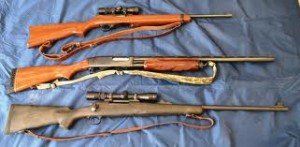
The Ruger 10/22 (top), Remington 870 pump action shotgun and Remington 700 bolt action rifle are good choices for the beginner. (Leon Pantenburg photo)
But I try to stay away from writing about firearms. There is so much of it, good and BS, on the internet, that anything I contribute will be adding another drop to an already overflowing bucket.
But readers keep asking. So, here’s my top three long gun choices for people starting out. You need a .22 caliber rifle, a shotgun and a centerfire hunting rifle. You can worry about handguns, black rifles and tactical guns later, once you get the basics.
Also, variations of these firearms are easy to find. If you shop around and watch your sales, you may be able to acquire all three of the suggested firearms for under $1,000.
HERE’S WHERE TO START BUILDING YOUR PREPPER/SURVIVAL BATTERY:
.22 caliber rifle: Everybody needs a .22. A beginner needs a manageable rifle to start out with, one that doesn’t belt them in the chops every time they pull the trigger. A .22 allows a person to learn the basics of marksmanship, which will transfer over to centerfire rifles. For the beginner, a .22 is perfect. It has no kick, low noise, and ammunition is on sale all the time.
Get your young folks, girls and boys, wives and sisters, brother-in-laws and uncles out in the fields and teach them safety and respect for this dangerous piece of survival equipment. Enroll them in NRA safety classes and help them build confidence to last a lifetime.
In addition to target practice, a .22 could be used for self-defense. In the hands of a cool marksman who places his shot correctly, a .22 rifle can take deer or larger game. Pick the action you like best, but some experienced shooters recommend getting the same action in your .22 as with your centerfire hunting rifle, so the muscle memory and training carries over.
Shotgun: A shotgun can be a close range weapon and a tool for harvesting small game. But properly loaded with buckshot or a slug, a well-aimed shotgun can put down any big game animal in the western hemisphere. For the newcomer, the choice of gauge narrows down to 12 gauge or the smaller 20 gauge. Any of the less common gauges might make it harder to find cheap ammunition.
Bolt action centerfire rifle: I like bolt action rifles and have hunted with them all my life. Even in the thickets of Mississippi while hunting deer, I never felt handicapped with the slower operating bolt action, as opposed to a pump or semi-automatic. (Here is the story of my favorite deer rifle.)
The bolt action is the choice of many top snipers and marksmen, and in addition to being a fantastic hunting rifle, the bolt action also tends to be very accurate.
My personal choices for the beginner battery are the Ruger 10/22 .22 caliber semi-automatic, a 20 or 12 gauge Remington 870 pump shotgun, and a scoped, bolt-action Remington 700. Here’s why.
Ruger 10/22: I bought my Ruger in 1966, when I was 14, at Red Fox Sporting Goods, in Boone, Iowa. The Ruger cost $54, and I worked 54 hours, chopping corn and weeds out of bean fields to buy it. (Read the complete story of my 10/22.)
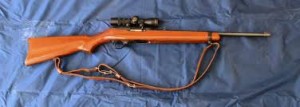
The Ruger 10/22 is a rugged, reliable .22 caliber semi-automatic rifle. I’ve had this one since 1966.
Since then, I have shot tens of thousands of rounds through that little carbine. Plinking at targets was one of my favorite past times when I was a kid. I also shot rats at the dump and hunted small game extensively. I would get out of school, grab my .22, a Stockman pattern pocket knife and my Zippo lighter and head out for a late afternoon rabbit or squirrel hunt.
While I frequently rely on iron sights on other traditional-styled rifles, I like a four-power telescopic sight on my .22. In brush, the magnification allows you to see holes to shoot through. The scope helps you place your shots more accurately, making for more efficiency.
Remington 870: If I could only have one gun (Perish the thought!) it would be a 12 gauge Remington 870. Properly loaded, this gun can put down anything from flying doves to big bears.
It would be my weapon of choice in virtually any close range gunfight, and it is the weapon I reach for when things go bump in the night.
This classic American-made pump shotgun has sold over four million copies, and is the standard for many law enforcement and
military agencies. A 12 gauge is the standard, but for small framed people a 20 gauge might be a better choice.
In 1982, I bought my first 870, a 12 gauge, for hunting deer with buckshot or slugs in the thick brush of Mississippi. That gun got used hard during all hunting seasons. It was also my waterfowl gun, and never failed in the mud, water, cattails and swamps. I liked it so much, I later bought a 20 gauge 870 Wingmaster for upland game. Then I bought a synthetic-stocked 870 12 gauge for my son. He can use any of my guns for hunting, but prefers the black one because of the looks.
There are any number of aftermarket upgrades that can make the 870 look badder and more tactical. But as a perpetrator deterrent, nothing quite matches the 870’s signature “slicky-slick”of a round being chambered.
RIFLE SCOPES
Remington 700: This bolt action rifle uses the same basic action as the U.S. military’s M-24 sniper rifle. I own a model BDL in 7mm-08 for deer, and a synthetic Remington 700 in 7mm Remington Magnum for elk and everything else.

This Remington 700 synthetic 7 mm is my bad weather rifle and has been carried extensively elk hunting in the west.
I also own other bolt actions, including a Ruger Mark V in .223. A Winchester 670 went through my hands a few years back. My brother Mike’s Winchester pre-64 Model 70 remains one of the most accurate 30.06s I’ve ever fired.
No American manufacturer can afford to make a shoddy, junky bolt action centerfire rifle. If you have a favorite major manufacturer, stick with them and you won’t go wrong.
As far a caliber goes, find one you can shoot, and that the ammunition will be easy to find. The.308 and .223 are military rounds and the ammunition is common and cheap. A 30.06 is never a mistake.
For a slight framed person, the light kicking .223 or .243 will be good calibers to start with.
I’m sure my personal list will cause debate (and isn’t that half the fun?)
But I believe we can all agree on this: Before you buy any firearm, get some training so you are able to handle it safely. Have the means to secure the firearm in your home, and always treat every gun as if it loaded!
Please click here to check out and subscribe to the SurvivalCommonSense.com YouTube channel – thanks!

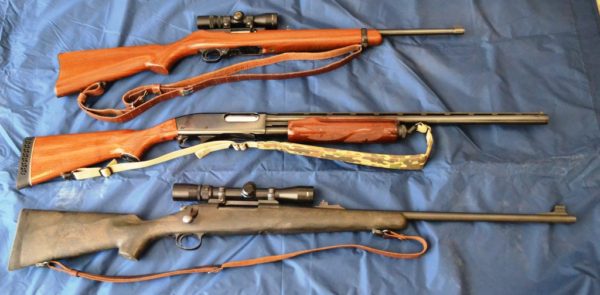


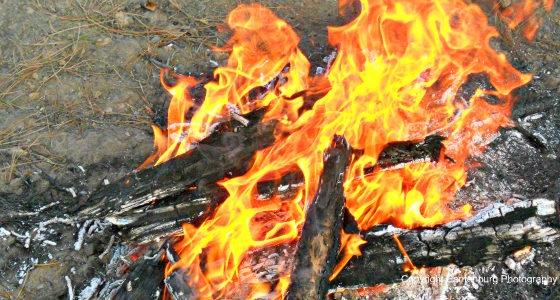
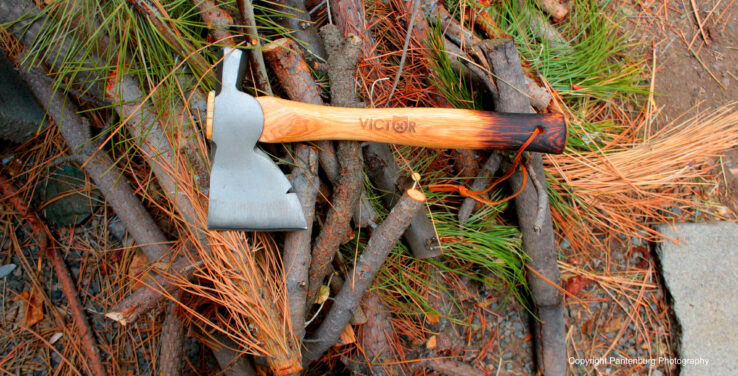
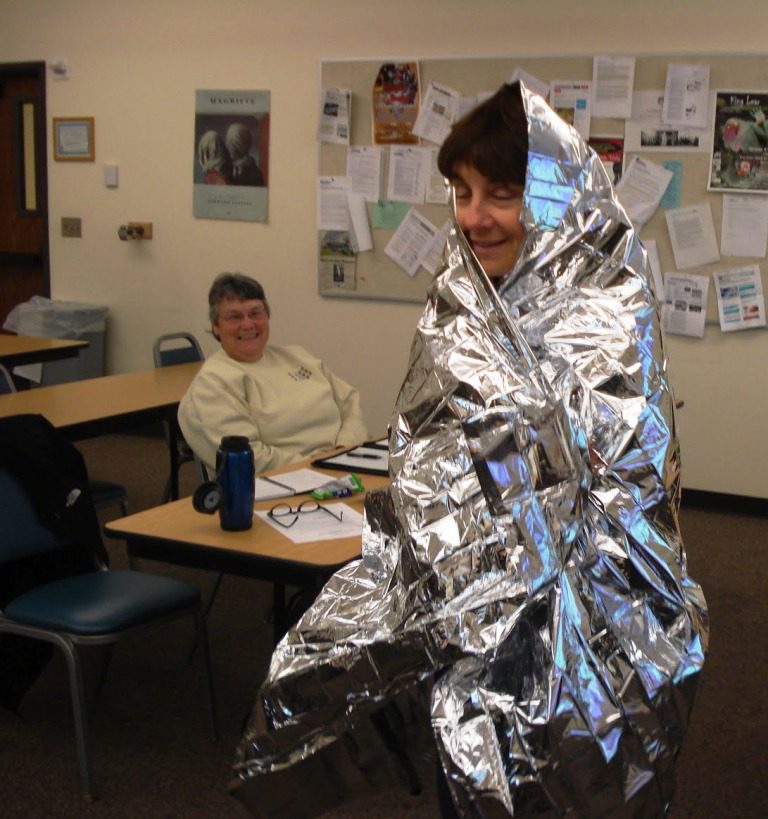
Leave a Reply